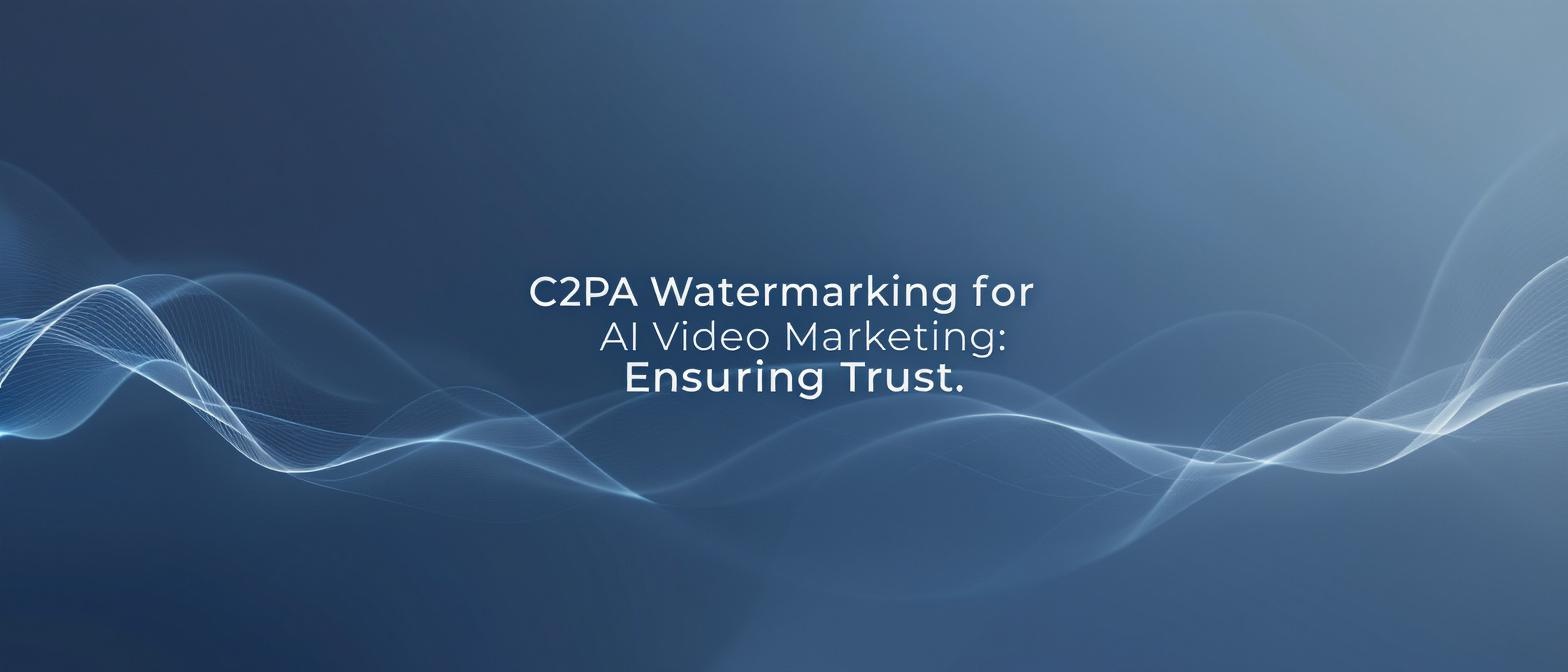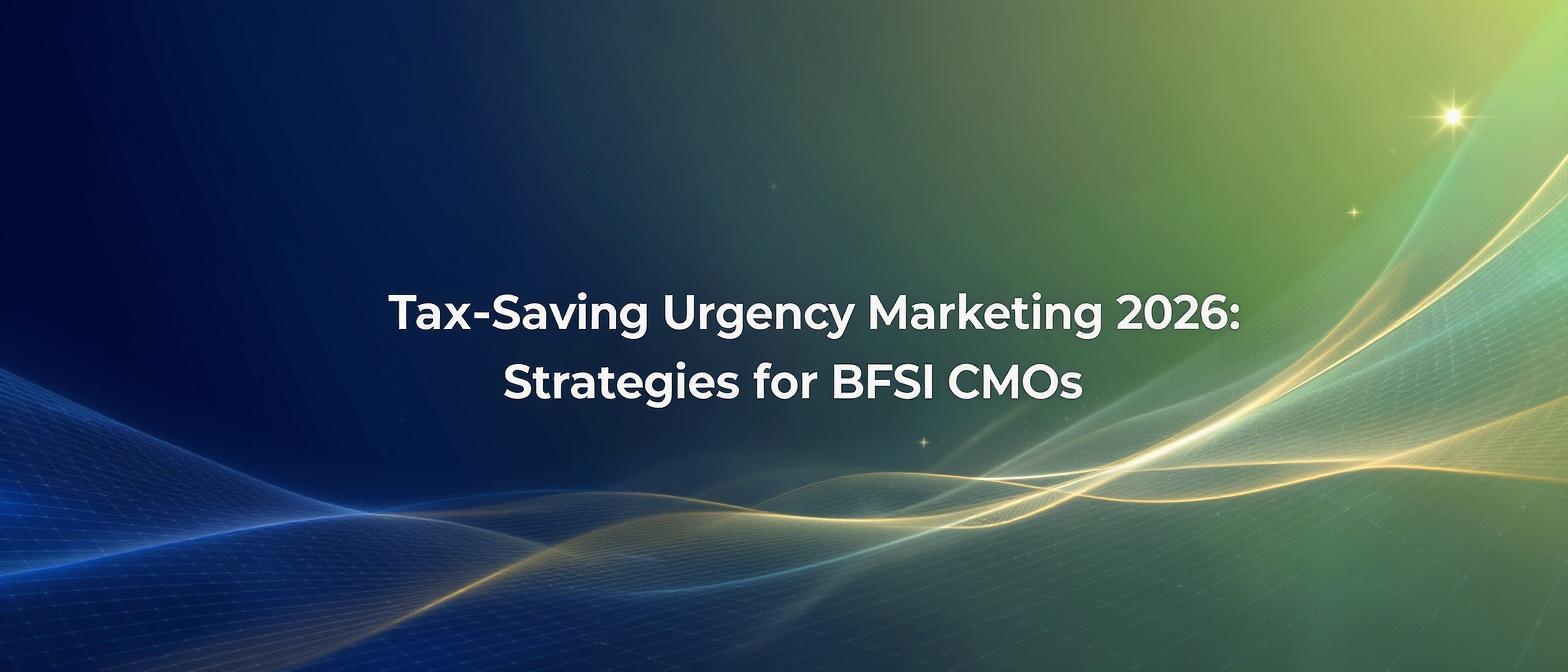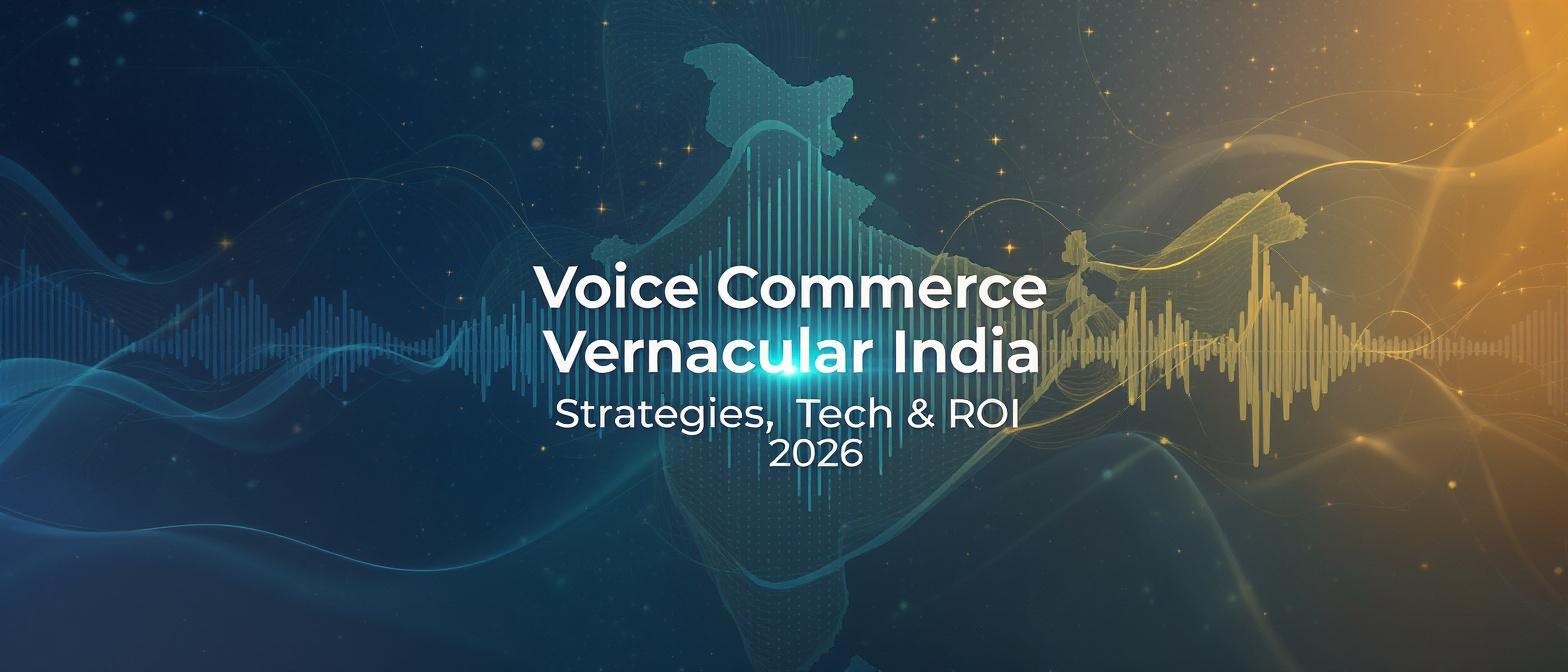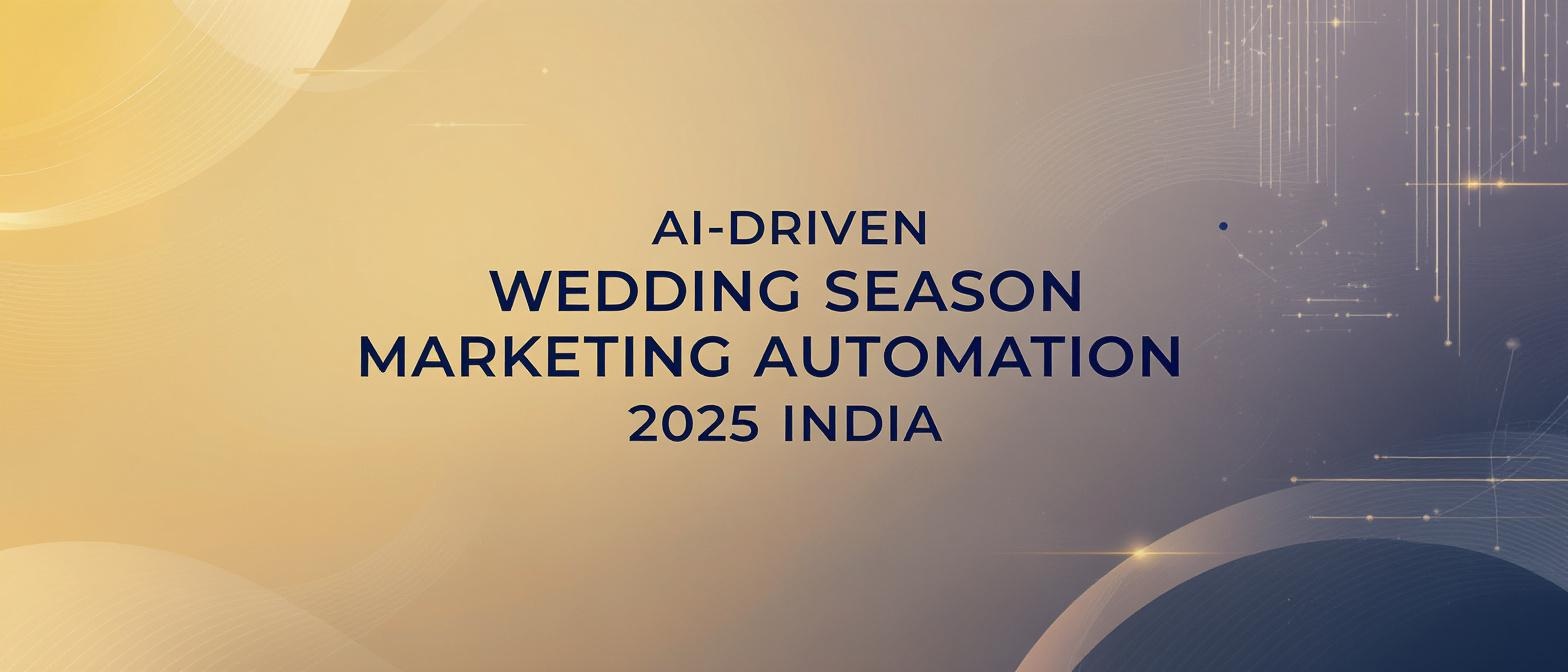C2PA Watermarking for AI Video Marketing: Ensuring Compliance & Brand Safety in Enterprise Campaigns
Estimated reading time: about 16 minutes
Key Takeaways
- Provenance Verification: C2PA watermarks embed tamper-evident data to verify authenticity of AI-generated video.
- Brand Safety: Safeguard reputation by preventing unauthorized modifications and deepfakes.
- Regulatory Compliance: Satisfy GDPR, India’s DPDP Act, and other privacy laws with embedded consent receipts.
- Platform Requirements: Google, Meta, and other ad platforms mandate transparency for synthetic media.
- Scalable Personalization: TrueFan AI integrates watermarking with large-scale, personalized video creation.
In the rapidly evolving landscape of digital marketing, the rise of generative AI has unlocked unprecedented opportunities for creating personalized video at scale. However, this power comes with significant risks. The same technology that can craft a unique welcome video for a new customer can also be used to create convincing deepfakes, spread misinformation, and violate consumer privacy, exposing enterprises to severe legal and reputational damage. Addressing this challenge head-on requires a robust technical standard for content authenticity. This is where C2PA watermarking for AI video marketing becomes an indispensable tool for corporate governance.
C2PA (Coalition for Content Provenance and Authenticity) is a consortium-backed technical standard that embeds signed provenance manifests and invisible watermarks into digital assets to verify their source and editing history. As AI-generated video becomes a cornerstone of marketing—with projections showing it will account for over 82% of all internet traffic by 2025—the threat of unauthorized edits, regulatory scrutiny, and brand safety incidents grows exponentially. C2PA provides durable, machine-readable trust signals that persist even when traditional metadata is stripped away.
This guide is designed for Chief Information Security Officers (CISOs), legal and compliance leaders, and Chief Marketing Officers (CMOs). It provides a comprehensive framework for developing enterprise-grade synthetic media policies that satisfy stringent brand safety requirements and comply with regional data protection laws like Europe’s GDPR and India’s Digital Personal Data Protection (DPDP) Act. By implementing a clear brand safety AI watermarking policy, organizations can harness the power of AI video while building a foundation of trust and transparency. An effective AI video compliance enterprise strategy is no longer optional; it's a prerequisite for sustainable growth.
Source: c2pa.org/specifications
Source: www.demandsage.com
1. What Is C2PA & Why It Matters in AI Video Marketing
At its core, the Coalition for Content Provenance and Authenticity (C2PA) is an open technical standard developed by a steering committee of industry giants including Adobe, Microsoft, and Google. Its primary function is to create verifiable "Content Credentials" for digital assets. These credentials act like a digital birth certificate and passport, documenting the asset's origin, creator, and any subsequent modifications in a secure, tamper-evident manifest.
The C2PA standard utilizes two key mechanisms. First, it embeds a signed manifest containing provenance data directly into the media file. This manifest details who created the content, what tools were used (including specific AI models), and every edit made throughout its lifecycle. Second, and crucially for video, it employs an invisible, machine-readable digital watermark. This watermark creates a durable link to the credential manifest, ensuring that the provenance information can be retrieved even if the file format is changed, compressed, or its metadata is stripped by social media platforms.
For AI video marketing, this is a game-changer. Every AI-generated clip, whether a personalized customer greeting or a dynamic product showcase, can now carry its own indisputable audit trail. This embedded proof of origin is essential for legal discovery, brand-safety audits, and satisfying regulatory inquiries. As search engines and platforms increasingly prioritize trustworthy content, these verifiable AI Overviews trust signals will become critical for maintaining visibility and credibility in a crowded digital ecosystem. In short, C2PA watermarking for AI video marketing provides the foundational layer of trust needed to operate safely at scale.
Source: contentauthenticity.org
Source: www.digimarc.com
Source: blog.google
2. The Role of AI Video Provenance in Enterprise Marketing
AI video provenance refers to the complete, traceable history of a digital video's creation events—who, when, how, and by what processes a video was produced or edited. It is the digital equivalent of a supply chain manifest, providing an unbroken chain of custody from the point of generation to the end viewer. For enterprises, establishing clear provenance is not just a best practice; it is a critical defense mechanism.
The stakes are incredibly high. A single unauthorized deepfake video featuring a CEO or a celebrity spokesperson could trigger a stock market panic, destroy consumer trust built over decades, and lead to catastrophic financial losses. Furthermore, the burgeoning legal landscape around AI and data privacy introduces the risk of substantial compliance fines and protracted litigation. A 2025 Deloitte report highlights that consumer trust is fragile, with a majority of individuals expressing concern over the unidentified use of AI in content they consume.
This is where the practical application of provenance becomes clear. Consider a hyper-personalized campaign where an enterprise uses an API to generate millions of unique celebrity videos for its customers. Without embedded provenance, how can the company prove that each video was generated with the correct, approved script and data? How can it verify that the celebrity's likeness was used within the contractual bounds of their agreement? TrueFan AI enable this level of verification by embedding provenance directly into each video file, ensuring that every unique clip carries verifiable proof of its authenticity and the consent receipts required for legal and brand-safety audits. This proactive approach to AI video provenance enterprise management is fundamental to mitigating risk.
Source: petronellatech.com
Source: www.deloitte.com
3. Compliance & Brand Safety with Synthetic Media in India
India's digital ecosystem is rapidly maturing, and its regulatory framework is evolving to address the challenges of synthetic media. The Digital Personal Data Protection (DPDP) Act, 2023, imposes strict obligations on how companies collect, process, and manage user data. Key requirements include obtaining explicit and verifiable user consent, ensuring data-processing transparency, and providing users with control over their personal information, including the right to deletion.
Alongside the DPDP Act, the Ministry of Electronics & IT (MeitY) has signaled its intent to regulate AI-generated content through proposed amendments to the IT Rules. These draft guidelines mandate clear synthetic media disclosure India practices, requiring platforms to label AI-generated content distinctly. The goal is to prevent the spread of misinformation and deepfakes by making the origin of content transparent to the end-user. Non-compliance carries the risk of severe penalties, making proactive adoption of disclosure standards a business imperative.
This is where C2PA watermarking provides a powerful, ready-made solution. A C2PA manifest can securely store the DPDP Act consent receipts in a tamper-evident format, directly linking proof of user consent to the video asset itself. This creates an auditable record that satisfies regulatory demands for transparency. By adopting a robust brand safety AI watermarking policy that incorporates C2PA, enterprises can ensure their AI video campaigns meet India's legal requirements and align with ad platform compliance synthetic content rules, protecting the brand from both legal jeopardy and reputational harm.
Source: www.meity.gov.in
Source: theleaflet.in
4. GDPR & DPDP Act Alignment for Personalized Video Campaigns
Global enterprises must navigate a complex web of international data privacy regulations, with Europe's General Data Protection Regulation (GDPR) setting a high bar for compliance. Like India's DPDP Act, GDPR mandates that organizations maintain meticulous records of explicit user consent, uphold the user's right to access and erasure ("right to be forgotten"), and provide transparency around automated decision-making processes, which includes AI-driven content personalization.
C2PA watermarking offers an elegant and technically robust method for harmonizing compliance across these jurisdictions. The C2PA manifest is not just a static record; it can be architected as a programmable consent receipt. This allows enterprises to programmatically attach specific GDPR video personalization alignment data directly to each video asset. This embedded data can include:
- Consent Scope: The specific purpose for which the user's data was used (e.g., "Personalized Welcome Video").
- Consent Timestamp: The exact date and time the user provided consent.
- Data Controller Information: Details of the entity responsible for the data processing.
Similarly, for the Indian market, the manifest can embed specific DPDP Act consent receipts. This would include parameters such as the category of personal data used (e.g., name, location), the defined purpose of processing, and the agreed-upon data retention period. By embedding these consent artifacts directly into the media, companies create a self-contained, auditable compliance package for every single piece of AI-generated content, drastically simplifying proof of compliance during regulatory audits.
Source: www.cookieyes.com
5. Celebrity Avatar Watermarking Policies & Ethical Use
The use of celebrity avatars in AI video marketing presents a unique and potent set of risks. An unauthorized video showing a celebrity endorsing a fraudulent product or making an offensive statement can cause immediate and irreversible damage to both the celebrity's and the brand's reputation. This elevated risk profile necessitates the implementation of strict celebrity avatar watermarking policies.
A comprehensive policy for the ethical use of digital likenesses must be built on a foundation of consent and technical safeguards. Best practices include:
- A Consent-First Model: Every use of a celebrity's likeness must be governed by a formal legal contract that explicitly outlines the scope, duration, and nature of the approved use case.
- Built-in Moderation Filters: The AI generation platform must have robust, non-negotiable filters that automatically block the creation of content that is offensive, political, discriminatory, or otherwise violates brand safety guidelines.
- Verifiable Certification with C2PA: The most critical step is to embed a C2PA watermark in every single video. This watermark should certify the asset's authenticity, linking to a manifest that confirms, for example, that "Celebrity X has approved Script Y for Campaign Z under Contract W."
This multi-layered approach transforms the brand safety AI watermarking policy from a passive guideline into an active enforcement mechanism. TrueFan AI's 175+ language support and Personalised Celebrity Videos are delivered through a platform built on this consent-first, moderation-heavy model, ensuring that every piece of content is compliant and brand-safe by default.
Source: aicompetence.org
6. Ad Platform Compliance for Synthetic Content
Major digital advertising platforms are moving swiftly to address the risks posed by synthetic media. Recognizing the potential for AI-generated content to mislead users, both Google and Meta have implemented new rules that mandate transparency. These policies require advertisers to clearly disclose when their ad creatives contain realistic-looking synthetic content, ensuring that users are aware of the nature of the media they are viewing.
Failure to comply with these rules can result in ad rejection, account suspension, and reduced campaign reach. Therefore, achieving ad platform compliance synthetic content is no longer a choice but a requirement for effective digital marketing. C2PA watermarking provides the most reliable mechanism for meeting these evolving platform requirements.
Here’s a typical workflow for a compliant, API-driven video ad campaign:
- Generation: A marketing automation platform sends an API call to a generative AI video provider to create a personalized ad.
- Watermarking: The provider generates the video and embeds a C2PA watermark and manifest, documenting the AI tools used and the data sources for personalization.
- Bidding: The video's metadata, including its C2PA manifest information, is shared with the ad platform's bidding system via the bid request.
- Verification: The ad platform's systems can programmatically read the C2PA watermark to verify the content's provenance in real-time, confirming that it complies with disclosure policies.
This automated verification process allows enterprises to run large-scale, personalized C2PA watermarking for AI video marketing campaigns without manual review bottlenecks, ensuring both compliance and campaign efficiency.
Source: blog.google
Source: www.emarketer.com
7. Enhancing Trust with AI Overview Trust Signals
In an online environment saturated with misinformation, trust is the ultimate currency. AI Overviews trust signals are visual or machine-readable indicators that help users, platforms, and regulators quickly distinguish between authentic content and potentially malicious deepfakes. The "Content Credentials" icon, a small 'CR' symbol standardized by the C2PA, is emerging as the industry's go-to trust badge.
When a user sees this icon on a video, they can click it to view a summary of the C2PA manifest, revealing who created the media and what tools were used. This transparency provides immediate benefits:
- Increased Viewer Confidence: A 2025 RWS study found that 62% of consumers would trust brands more if they were transparent about their use of AI.
- Reduced Phishing and Fraud Risk: By verifying the source of official brand communications, C2PA makes it significantly harder for criminals to impersonate a company with deepfake videos.
- Stronger Brand Reputation: Proactively adopting transparency standards positions a brand as a leader in ethical AI, appealing to privacy-conscious audiences and enterprise partners.
Leading AI video compliance enterprise platforms are integrating these features directly into their offerings. For example, a system can be configured to automatically overlay the C2PA trust badge on generated videos. Furthermore, an API call can return a cryptographic proof object from the manifest, which can be stored in corporate audit logs to provide an immutable record of compliance for every asset created.
Source: www.rws.com
Source: contentauthenticity.org
8. Answer Engine Optimization for Video Marketing
The rise of AI-powered search, including Google's AI Overviews and enterprise "answer engines," is reshaping the principles of SEO into Answer Engine Optimization (AEO). AEO focuses on structuring content and its metadata in a way that AI models can easily understand, verify, and present as a trusted answer to a user's query. For video content, C2PA watermarking is a powerful, yet often overlooked, AEO tactic.
Search engines are increasingly focused on the E-E-A-T (Experience, Expertise, Authoritativeness, Trustworthiness) framework to determine content quality. C2PA data directly bolsters the "Authoritativeness" and "Trustworthiness" pillars. By embedding verifiable provenance, you are providing a machine-readable signal to search algorithms that your content is authentic and comes from a credible source.
Advanced AEO tactics for video include:
- Schema.org Integration: Embed C2PA manifest data within the
VideoObjectschema markup on your webpage for better indexing. - Keyword-Rich Descriptions: Include compliance-focused phrases like "C2PA watermarking for AI video marketing" in your titles and transcripts.
- Transcript-Based Indexing: Provide a full transcript of the video, making compliance and transparency mentions fully searchable by AI-driven engines.
The result of this strategy is twofold. First, it can lead to higher SERP placement for long-tail, compliance-focused queries made by B2B buyers and regulators. Second, it increases the likelihood that your video content will be selected and featured in AI-generated answer cards and summaries, positioning your brand as a definitive authority on trustworthy AI. This is the future of answer engine optimization for video.
Source: reutersinstitute.politics.ox.ac.uk
9. TrueFan’s Enterprise AI Video Compliance & Personalization Suite
For enterprises seeking a comprehensive solution that combines cutting-edge personalization with institutional-grade compliance, TrueFan AI offers a fully integrated suite of tools. The platform is engineered from the ground up to address the complex challenges of deploying AI video marketing safely and effectively at scale. Solutions like TrueFan AI demonstrate ROI through enhanced engagement while mitigating the associated risks.
Key features of the enterprise suite include:
- Hyper-Personalization at Scale: TrueFan's robust APIs can ingest customer data fields and produce fully customized, C2PA-watermarked celebrity videos in under 30 seconds.
- Virtual Reshoots & AI Editing: The AI seamlessly alters speech and lip movements. The C2PA watermark is automatically updated, saving hours in production time.
- Multilingual Localization: Campaigns can be localized into over 175 languages, retaining the authentic voice and perfect lip-sync while preserving the watermark.
- Ironclad Security & Compliance: Built on a consent-first model and featuring built-in moderation filters, the platform meets the highest data security standards.
- Seamless Integration & Analytics: Comprehensive CRM and webhook support make for easy integration into existing stacks, providing downloadable audit logs for every campaign.
This holistic approach to AI video provenance enterprise management makes it possible to launch innovative, highly engaging campaigns that are secure, compliant, and trustworthy by design.
Frequently Asked Questions (FAQ)
1. What is the difference between a visible watermark and a C2PA digital watermark?
A visible watermark is a logo or text overlaid on a video, primarily for branding or copyright notice. It can be easily cropped or edited out. A C2PA digital watermark is invisible to the human eye and cryptographically embedded into the file's data. It is persistent, surviving compression and format changes, and provides a secure, machine-readable link to the content's detailed provenance manifest.
2. How does C2PA watermarking help in detecting deepfakes?
C2PA doesn't detect deepfakes directly; instead, it provides a positive verification of authenticity. If a video lacks a C2PA "Content Credential" from a trusted source, it should be treated with skepticism. Conversely, if a video has a C2PA manifest showing it was created by a known AI model and declared as such by the publisher, viewers can trust its origin. This "nutrition label" approach promotes transparency rather than relying solely on detection, which is an ongoing cat-and-mouse game.
3. Is C2PA an open standard that any company can adopt?
Yes, C2PA is an open-source technical standard. The documentation and specifications are publicly available, allowing any hardware manufacturer, software developer, or online platform to implement Content Credentials into their products. This open approach is designed to foster widespread adoption and create a common language for content authenticity across the internet.
4. Can a C2PA manifest be altered or faked?
The C2PA manifest is secured using cryptographic signing techniques, similar to those used to secure online transactions. Any alteration to the manifest after it has been signed will invalidate the digital signature. This makes the provenance data tamper-evident, ensuring that the history of the content cannot be secretly changed.
5. How can my enterprise start implementing a C2PA-compliant video strategy?
The most effective way is to partner with a technology provider that has built C2PA standards into its core platform. An enterprise-ready solution like TrueFan AI handles the technical complexities of generating, signing, and watermarking content automatically. This allows your marketing and compliance teams to focus on strategy while ensuring every video asset produced is compliant from the moment of creation.
Conclusion: Securing the Future of AI Marketing
The era of AI-driven video marketing is here, and its potential is immense. However, with this potential comes the profound responsibility to protect consumers, uphold brand integrity, and comply with a growing body of global regulations. Simply hoping for the best is not a strategy. A proactive, technology-enforced framework for content authenticity is now a non-negotiable component of enterprise risk management.
C2PA watermarking for AI video marketing provides this crucial framework. By embedding a durable, verifiable record of provenance into every digital asset, it allows organizations to confidently navigate the complexities of GDPR, India's DPDP Act, and evolving ad platform policies. It is the technical backbone of any effective brand safety AI watermarking policy, transforming compliance from a manual checklist into an automated, auditable process.
For CISOs, compliance officers, and CMOs, the path forward is clear. The time to establish a robust AI video compliance enterprise strategy is now. By embracing standards like C2PA and partnering with proven technology leaders, you can unlock the full power of AI personalization while building a resilient foundation of consumer trust and brand safety that will endure for years to come.
Ready to see how C2PA-enabled personalized campaigns can secure your brand and delight your customers? Request a demo of TrueFan’s enterprise solutions today.





